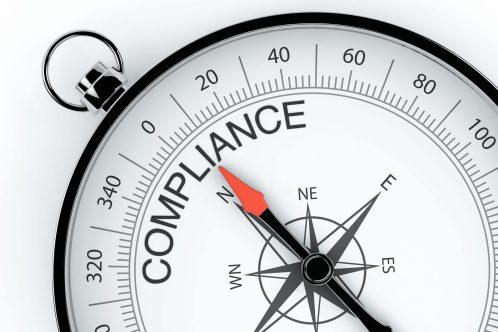To understand vulnerability remediation one must first understand remediation in cyber. Remediation refers to the process of addressing and resolving security vulnerabilities or incidents that could potentially pose a threat to an organization’s information systems, data, or network.
Cyber Vulnerability Remediation
Remediation involves taking corrective actions to address vulnerabilities and incidents. It aims to lower cyber risk by resolving security issues to improve an organization’s defenses. Key aspects include:
· Vulnerability Remediation
· Incident Response and Remediation
· Patch Management
· Configuration Remediation:
· Policy and Compliance Remediation
· Continuous Monitoring and Improvement
Vulnerability remediation is the process of identifying and patching those cracks, strengthening your defenses against digital attackers.
Challenges with vulnerability remediation
The volume and velocity at which new vulnerabilities emerge makes timely identification and prioritization difficult.
Here are some key challenges faced with remediation:
Patching Management: Not all vulnerabilities have readily available or effective patches. Some might require complex workarounds, while others might introduce new bugs or compatibility issues, adding further complexity to the process.
Legacy Systems: Aging, unsupported systems often lack patch availability. Unsupported systems act as gaping security holes, offering easy access to attackers while presenting significant upgrade hurdles.
Human Error: Misconfigurations, delayed patching due to operational concerns, and lack of awareness can be stumbling blocks, potentially leaving even patched vulnerabilities exploitable.
Continuous Remediation Monitoring: New vulnerabilities emerge constantly, making remediation an ongoing battle.
Vulnerability Management vs. Vulnerability Remediation
Vulnerability management and vulnerability remediation are related concepts, but they refer to different phases in the process of addressing security vulnerabilities. The differences are explained below:
Vulnerability management
· Identifying and tracking vulnerabilities in systems, software, and devices across an organization’s environment through activities like asset inventory, vulnerability scans, network scans, license analysis etc.
· Prioritizing vulnerabilities for remediation based on severity, exploitability, and potential business impact through risk analysis.
· Detailed reporting and metrics on vulnerability analysis to key stakeholders on security gaps.
Vulnerability Remediation
· Process of actually fixing the security weaknesses by taking corrective actions like patching vulnerable systems, enhancing compensating controls, updating configurations, or workarounds.
· Executing mitigation steps to address vulnerabilities through changes directly to affected assets after scoping and planning.
· Validating the effectiveness of remediation activities through scans and penetration testing.
So in short:
· Vulnerability management: Identifies and assesses vulnerabilities.
· Vulnerability remediation: Fixes the vulnerabilities identified.
How to automate vulnerability remediation
Automating remediation reduces the time-consuming resource drain of manual processes. This allows security teams to focus on strategic tasks while still effectively mitigating risks and maintaining a strong security posture. Fostering security awareness further enhances their ability to prioritize vulnerabilities and choose optimal remediation strategies for minimal disruption.
To remediate vulnerabilities organizations should establish different remediation processes for each system component, aspiring to be as granular as possible (differentiating server type, role, version, environment, etc.).
With remediation being a regulatory requirement, organizations can no longer afford to debate the merits of automation. Establishing a strong policy driven by industry best practices like CIS Benchmarks and DISA STIG is crucial to ensure compliance and prevent avoidable security breaches.
Given the need, it’s important to find a tool that makes server hardening across the organization. Hardening automation tools offer a complete remediation solution and transform this tangled process into a ‘click-of-a-button’ task. Using server hardening automation tools you won’t need to write a single script or have any specific expertise.
They perform the entire testing procedure automatically by learning your infrastructure’s dependencies and reporting the potential impact of each configuration change. Only this feature alone can save most of the time and resources invested in the hardening project, making hardening automation tools preferable to remediate.




